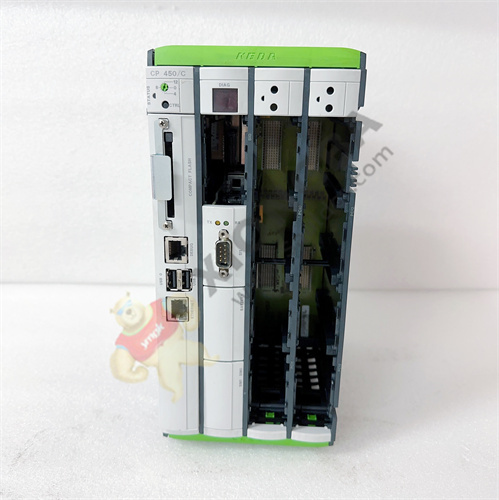The concept of “Industry 4.0” has swept the world for a decade, and “digital transformation” has gradually evolved into the key to whether enterprises can gain a foothold in the digital wave. From being carried forward by the digital wave to actively embracing the digital wave, we began to explore what is the core of digital transformation? What directions need to be grasped in order to open up the “Ren and Du pulse” of enterprises faster, and use digitalization to win market opportunities?
Take a look at the answer from Gu Xin, Digital Enterprise Director of Siemens China Co., LTD. :
The core of digital transformation lies in the use of digital and data capabilities to open up interconnected business processes and promote the reconstruction of business models and digital business ecology.
To implement digital transformation, enterprises need to focus on four directions
The first direction is to make full use of advanced technologies such as artificial intelligence, industrial big data, industrial cloud, edge computing and digital twins to promote the landing of digital technology in the manufacturing scene.
The second direction, based on interconnected business processes, forms the corresponding digital thread to support the digital transformation of the entire enterprise.
The third direction is the perfect integration of a comprehensive business model and emerging needs. This is also the strength of Siemens, Siemens can carry out digital management in the entire life cycle of products, adapt to different market needs under different models, and help enterprises explore suitable business models
The last direction is to give full play to the longboard effect, promote the ecological reform of the industry, create more imagination space with the power of ecology, and build new business forms and new models of mutual benefit and co-creation.
For small and medium-sized enterprises, the practice of digitalization needs to be more “prudent”, and it is necessary to find the right direction on the basis of clear enterprise status, so that digital transformation can give full play to its value. In order to help smes, which account for more than 90% of the number of enterprises in China, accelerate digital transformation, Siemens selected 15 core links in the typical scenario of intelligent manufacturing of the Ministry of Industry and Information Technology, and evaluated and diagnosed each link from two dimensions of business operation and digital technology application. And with the machinery industry Information Research Institute jointly established the “Spark small and medium-sized enterprises digital transformation capability evaluation platform”. Smes can choose links with high business relevance and priority attention, independently complete the judgment of basic capabilities and status quo of digital transformation through this platform, and reasonably plan their own digital transformation route.
 中文版
中文版





